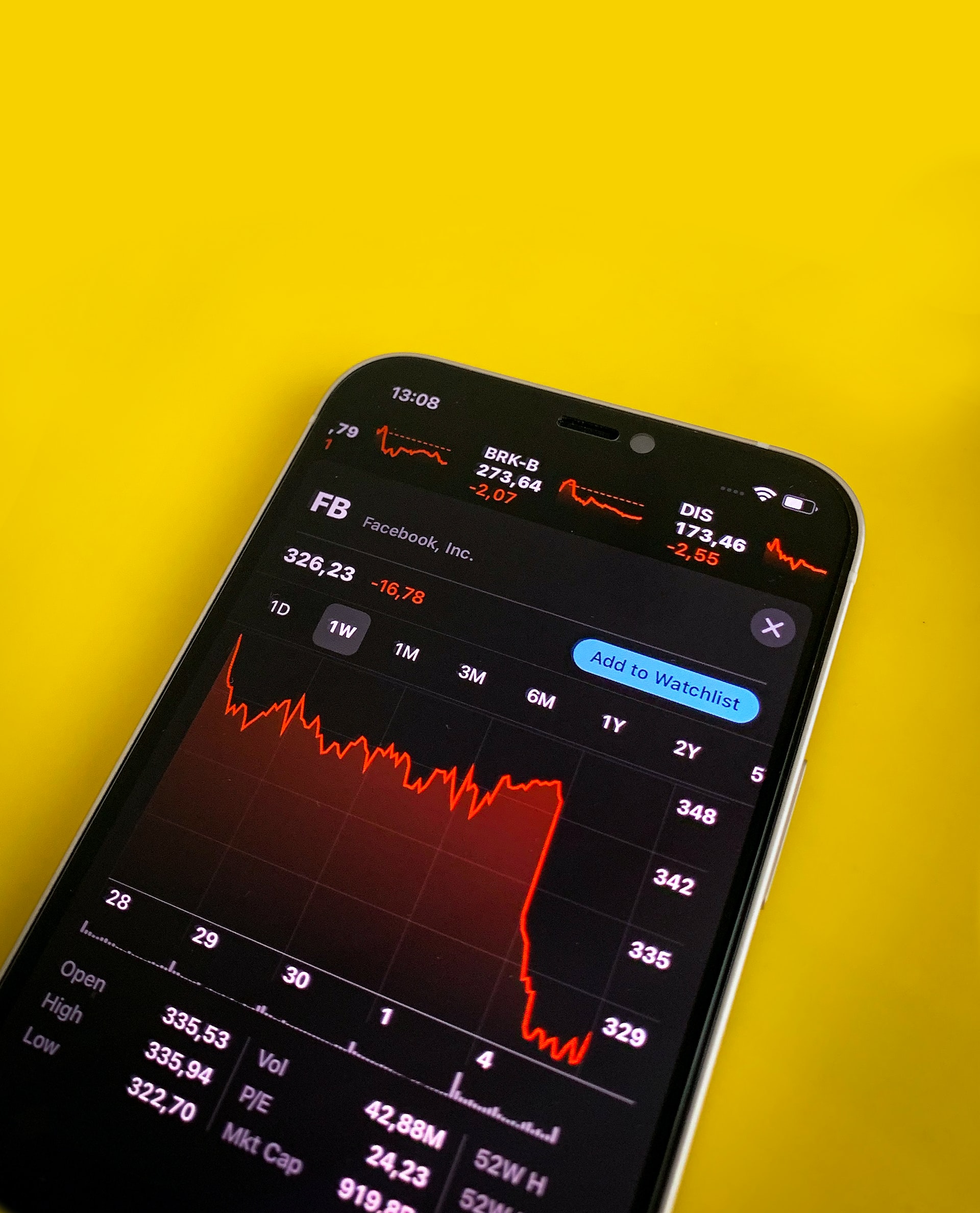
14-day trading strategies for stock traders
admin
- 0
Day trading strategies are essential for traders to know if they want to succeed in the stock market. Day traders can use diverse strategies, and it is crucial to find the right one for your trading style.
Day trading strategies
From the many trading techniques accessible, we propose these 14 distinct day trading methods that stock market brokers employ to generate money:
Buy low and sell high
Buying low and selling high is the most fundamental day trading strategy. You buy shares of a stock when it is low and then sell them when it goes up—this strategy excels in a rising market.
Sell short
This strategy involves selling shares of a stock that you think will go down in value. You then repurchase the shares at a lower price and make a profit.
Buy on margin
This strategy grants you to buy more shares than you could usually afford. You borrow money from your broker to purchase the shares and then pay back the loan with interest. It can be risky, but it can also lead to significant profits.
Day trade with options
Options are a type of financial agreement that gives you the right to purchase or trade a stock at a fixed price in the future. Day trading with options can be very profitable, but it is also hazardous.
Use stop-loss orders
A stop-loss order is to trade a stock when it reaches a specific price. This price is usually below the current price of the stock. Stop-loss orders can help you curb your losses in a falling market.
Use limit orders
A limit order is an order to purchase or sell a stock at a predetermined price. This price is usually above or below the stock’s current market price. Limit orders can help you control your risk in a volatile market.
Trade with trends
One way to find profitable stocks to trade is to follow trends. You can use technical analysis to identify stocks that are trending up or down. Then, you can buy or sell these stocks accordingly.
Scalp trades
Scalping is a trading strategy that entails making many small profits on small price changes. Scalpers try to take advantage of short-term fluctuations in the market. This strategy can be very profitable, but it is also precarious.
Swing trades
Swing trading involves taking advantage of more significant price movements. You purchase stocks when they are low and trade them when they are high. This strategy can help you capture more significant profits than scalping, but also riskier.
Position trades
Position trading is a longer-term strategy that involves holding a stock for weeks or months. You buy stocks that you think will go up in value and then sell them when they reach your target price. This strategy is slightly tamer than day trading, but it can still be profitable.
Use support and resistance levels
The price of a stock has difficulty breaking through support and resistance levels. These markers may assist you in determining where to buy or sell a stock.
Trade with moving averages
Moving averages are a technical indicator that shows the average price over a certain period. You can use moving averages to identify trends and make trading decisions accordingly.
Trade breakouts
A breakout happens when the price of a stock moves above or below a support or resistance level. Breakout trading involves buying or selling a stock when it breaks out from these levels.
Trade pullbacks
A pullback is when the price of a stock moves back to a support or resistance level after breaking out. Pullback trading involves buying or selling a stock when it pulls back to these levels.
Conclusion
Day trading is a high-risk, high-reward activity. Day traders seek to make profits by taking advantage of small price movements in the market. To be successful, day traders need to have a solid understanding of the market and a disciplined approach to trading.
There are many different day trading strategies that stock traders can use. The best strategy for you will depend on your goals, risk tolerance, and other factors.

